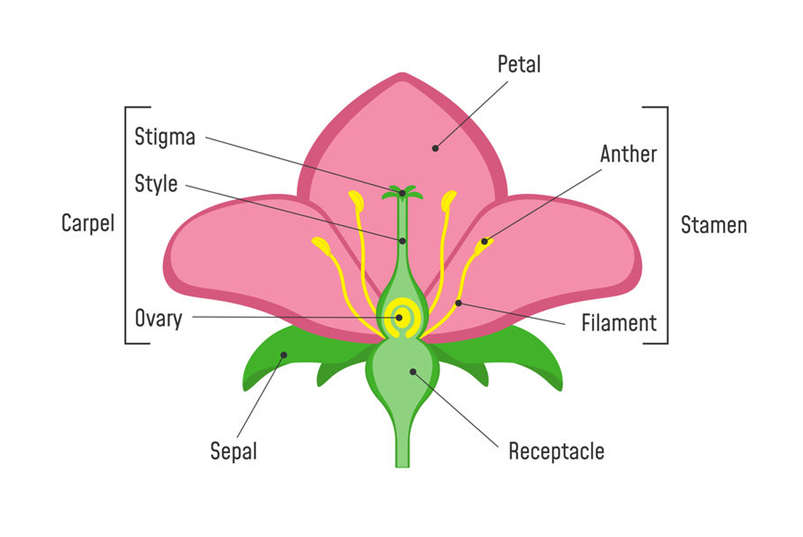This test is run by .
Note that your final mark will not be saved in the system.
Note that your final mark will not be saved in the system.
7. Reproduction in plants Reorder
Running Total
0
0%
Attempt
1 of 3
Drag and drop the boxes into the correct order.
|
|
|
